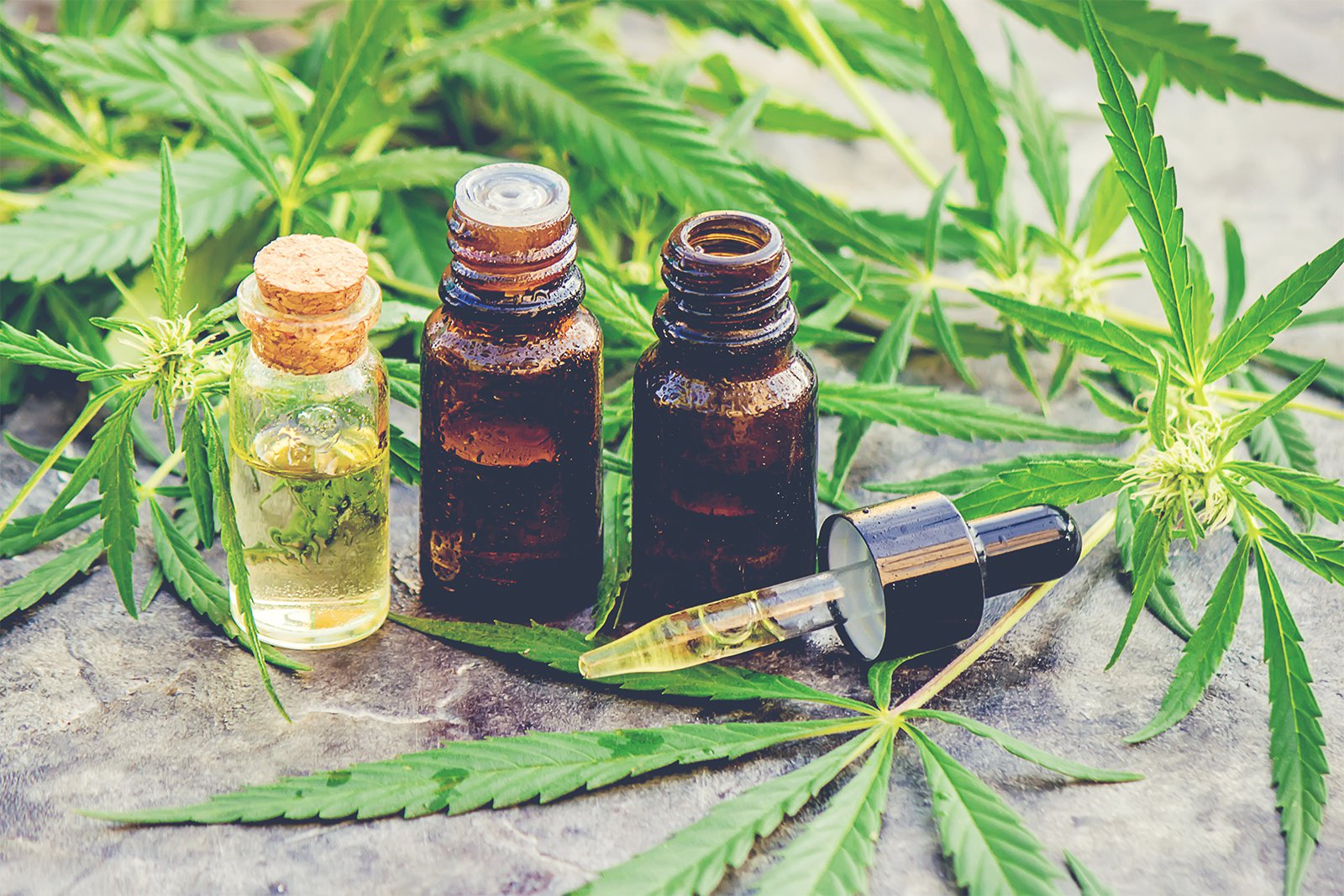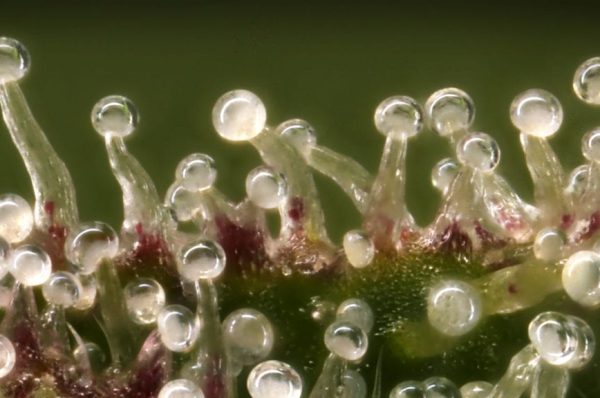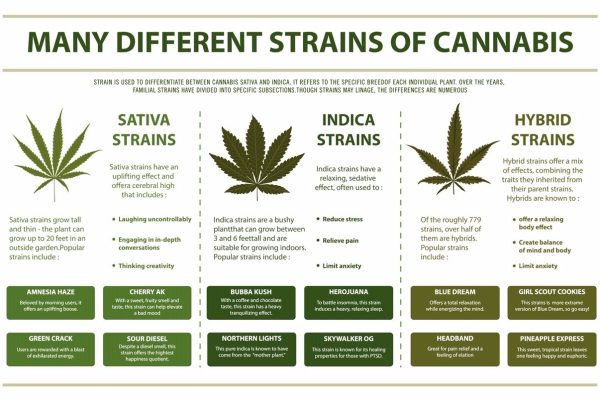Creating CBD crude oil from hemp involves a series of intricate steps, each crucial to ensure the quality and purity of the final product. This blog post will walk you through the ethanol extraction process, a popular method for extracting CBD from hemp.
Understanding CBD Crude Oil
Before diving into the extraction process, it’s important to understand what CBD crude oil is. CBD, or cannabidiol, is a compound found in cannabis plants, particularly hemp. Crude oil refers to the initial raw extract containing CBD, along with other cannabinoids, terpenes, and plant compounds. This oil is further refined for various uses.
Why Ethanol Extraction?
Ethanol extraction is favored for several reasons:
- Efficiency: Ethanol efficiently extracts a wide range of cannabinoids and terpenes.
- Safety: It’s generally regarded as safe by the FDA.
- Scalability: Suitable for both small and large-scale operations.
- Purity: Produces high-quality, pure extracts.
The Ethanol Extraction Process
Step 1: Sourcing and Preparing Hemp
Quality hemp is crucial for high-quality CBD oil. The hemp should be organically grown, non-GMO, and free from pesticides and herbicides. Before extraction, the plant material is dried and ground to increase the surface area for better extraction efficiency.
Step 2: Ethanol Soaking
The ground hemp is soaked in ethanol. This step dissolves the desired compounds (like CBD) into the ethanol. The soaking time can vary depending on the desired outcome.
Step 3: Filtration
After soaking, the mixture is filtered to separate the liquid containing the CBD from the solid plant material. This filtration process is crucial for purity.
Step 4: Ethanol Removal
The next step is to remove the ethanol from the CBD-infused liquid. This is typically done using a rotary evaporator or a falling film evaporator. These devices use heat and vacuum to evaporate the ethanol, leaving behind the CBD oil.
Step 5: Decarboxylation
Decarboxylation is the process of heating the extract to activate the CBD. This step converts CBD-A, the acid form of CBD, into CBD, enhancing its efficacy.
Step 6: Winterization
Winterization removes unwanted compounds like fats, waxes, and lipids. The extract is mixed with ethanol and frozen, causing the impurities to solidify and separate, then filtered out.
Step 7: Final Purification and Testing
The final step is to purify the crude oil further if needed and test it for potency, purity, and the presence of contaminants. Third-party lab testing is crucial for transparency and consumer trust.
Conclusion
Ethanol extraction of CBD from hemp is a sophisticated process that requires attention to detail and quality control at every step. The result is a versatile crude CBD oil that serves as a foundation for various products, from tinctures to topicals. As the CBD market continues to grow, understanding these extraction processes becomes increasingly important for consumers and producers alike.
Disclaimer
It’s important to note that the production and sale of CBD products are regulated differently across regions. Always ensure compliance with local laws and regulations when considering CBD production or consumption.




